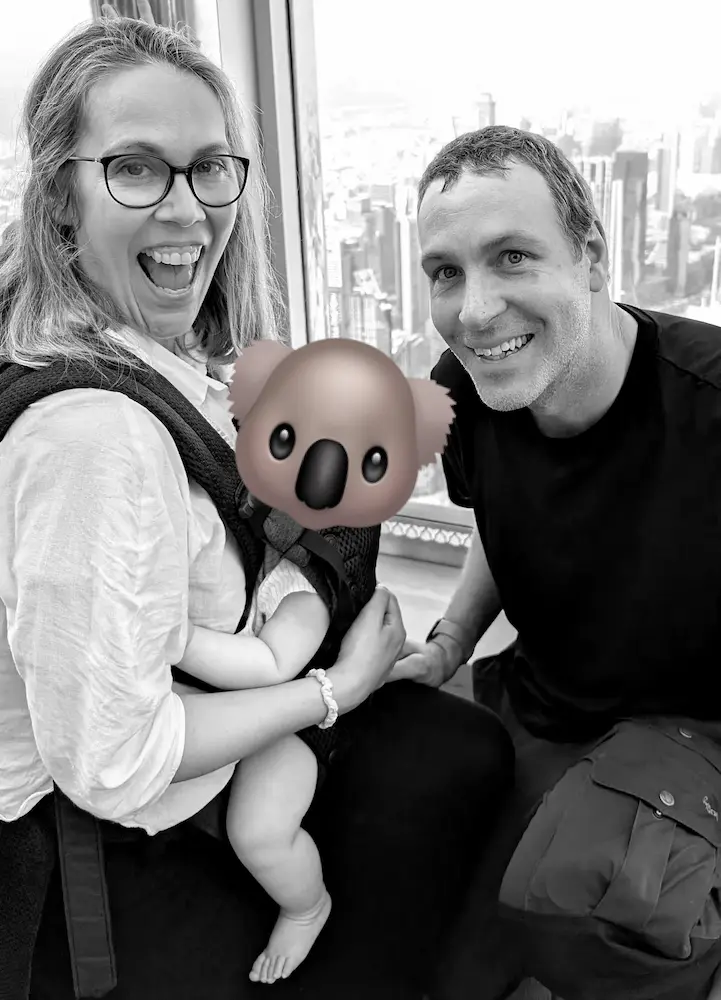All about aizle
Why this little creative AI company will outthink giants.
Aizle wasn’t born in a boardroom. Or a classroom. Aizle forged from a decade of frustration watching corporate giants and over-confident schools move like glaciers while opportunities moved like lightning.
After years inside top-tier global agencies and prestigious communication schools, founder Adam Horne repeatedly saw the same paradox: brilliant, award-winning work that failed to address real business problems.



Millions were spent on campaigns that earned customer indifference—not because the people weren’t smart, but because the process and the agency hierarchy were slow.
The industry didn’t need another agency. It needed something fundamentally different—a small team that could combine AI’s computational power with behavioural science’s predictive insights, moving at the speed of a startup and with the ambition to have enterprise-size impact.
What We Believe
Humans Aren’t Rational (So Why Communicate Like They Are?)
Most business communication is designed by committees for committees to be logical, comprehensive, and completely forgettable. We use behavioural science because people make emotional decisions that they later justify with logic.
Every message we create is architected around how minds actually work, not how we wish they worked.
AI is a Multiplier, Not a Replacement
Artificial intelligence is our generation’s most powerful creative tool, but it’s not a replacement for human insight, empathy, or courage. AI is a cognitive co-pilot that helps find patterns, accelerate ideation, and execute with unprecedented speed.
We don’t use AI to generate content faster. We use it to think differently about complex problems and build creative operations that let small teams outmanoeuvre corporate committees.
International Perspective as Competitive Edge
Stockholm taught us pragmatic efficiency, Paris showed us sophistication and cultural nuance, and Melbourne gave us direct, no-nonsense execution.
We’ve built brands that work in Malmö and Milan, pitched to audiences in French and Swedish, and navigated everything from Nordic minimalism to Parisian intellectualism.
Small Teams, Big Impact
The best creative work doesn’t come from the biggest teams—it comes from the smartest ones. We’re small, focused, and agile, delivering senior-level thinking with startup speed.
We prove that a strategic strike team can consistently outperform a lumbering army.
Fun isn’t Frivolous—It’s Strategic
While half the world is burning out teams with grinding seriousness, we’re engineering joy into the creative process. Life is short.
And teams that enjoy their work produce measurably better outcomes, iterate faster, and push through creative blocks that stop others cold.
Play isn’t the opposite of professionalism—it’s the catalyst that transforms good will into creative a creative force.
Our Promise
We’re not here to make your existing systems marginally better. We’re here to make them fundamentally different.
Different in how they think about customers (through behavioural science, not guesswork). Different in how they create (with AI amplification, not just human effort). They operate differently (with surgical focus, not committee confusion).
The result? Communications that actually change minds. Strategies that survive contact with reality.

Meet Adam
When he’s not hanging out with his little family, you’ll find Adam Horne hacking together custom AI agents, digging into behavioural economics, or hosting “Open Hours” Q&A sessions where no question is too weird and no buzzword survives un-roasted.
His north star remains constant: make creativity measurable, make learning addictive, and make clients braver than they were yesterday.
Melbourne Foundations (2002-2013)
Became a graphic design lecturer at Monash Uni (2002), the semester after graduation, his first job was with Russel Howcroft (2004), before rising to become the Creative Director at WPP’s Wunderman(2012). Learned that great creative work starts with great strategic thinking and greater people.
Parisian Grit (2014-2018)
Senior Global Digital Creative at McCann Worldgroup (2014), crafting campaigns for Nestlé and Pink Ribbon while lecturing at ISCOM in Paris (2014) and moonlighting as a professional volleyball coach (2015). Discovered how cultural nuance shapes every successful global brand.
Educational Leadership (2019-2025)
Appointed Creative Director at Berghs School of Communication (2019), Program Director of Berghs Advanced (2021), One Club juror (2021), Board member of Australian Business Council of Sweden (2022), Australia Business of Europe (2023) and Founder Institute Mentor (2022). Best of all, he co-developed the curricula for LIONS Creative MBA (Cannes Lions)(2024). The revelation: Thinking, doing, and learning were all interwoven.
Founding Aizle (2025+)
Combined two decades of agency experience with behavioural science expertise and AI innovation. Because the future belongs to those who adapt fastest.
